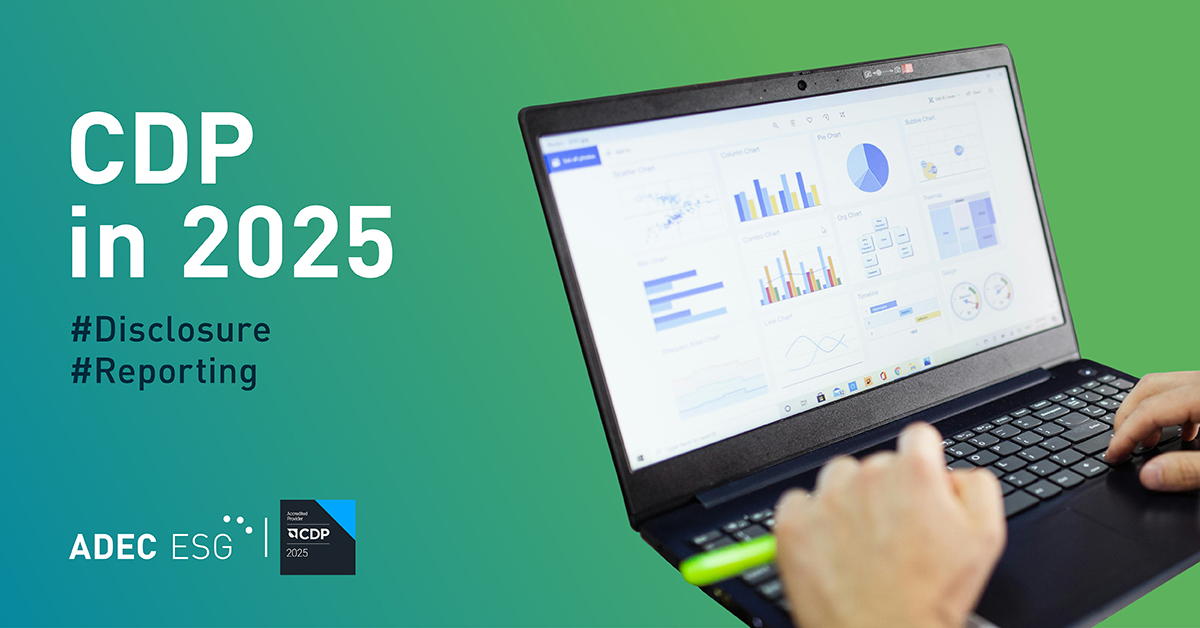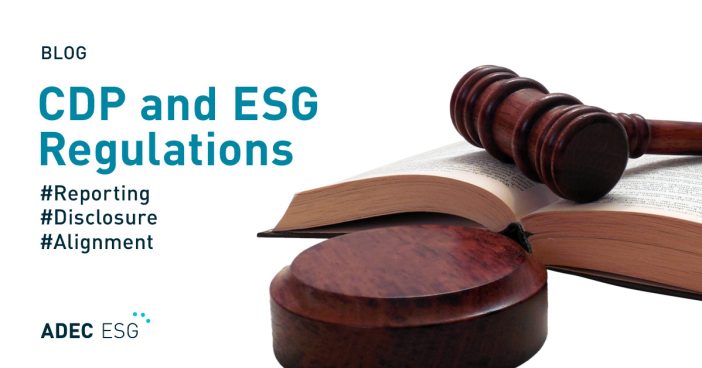One of the key goals of the Paris Agreement is to limit global warming to less than 2°C compared to pre-industrial temperatures. Companies are therefore working hard to reduce their greenhouse gas (GHG) emissions. According to CDP, the number of its respondent companies that have set reduction targets rose from 44 percent in 2015 to 85 percent in 2016.
CDP, however, claimed that “setting targets is not enough without realistic plans for meeting them.” It added that meeting GHG reduction targets is “not enough if the targets themselves are inadequate.” The CDP Climate Change Report 2016 revealed that while 55 percent of companies have targets for 2020 and beyond, only 14 percent of companies have targets for 2030 or beyond. Limiting climate change to 2°C cannot be accomplished within just a decade. Companies need to develop effective GHG reduction targets, with realistic plans for meeting them.
Science-based targets (SBTs) are a response to the aforementioned scenario. These are targets that are consistent with the level of decarbonization required by science to limit global warming to less than 2°C compared to pre-industrial temperatures. The Science Based Targets initiative is a joint initiative by CDP, the UN Global Compact (UNGC), the World Wildlife Fund (WWF), and the World Resources Institute (WRI), with the goal of the initiative to support companies as they work to meet these targets.
There are several methods for setting SBTs that have been publicized by the SBT Initiative, such as the Sectoral Decarbonization Approach (SDA) or the 3% Solution. Each method has its strengths and limitations, and companies do not need to necessarily follow one of these methods. For example, the SDA is most applicable for companies in homogenous sectors, and the 3% Solution is for those with substantial operations in the US. Some methods are based on absolute or intensity (per value added) reductions, and some may only apply for Scope 1 or 2 emissions.
The SBT Initiative has set criteria for an SBT in their Draft Manual, Oct 2016:
- Boundary – The target must cover company-wide Scope 1 and Scope 2 emissions and all relevant GHGs as required in the GHG Protocol.
- Timeframe – The target must cover a minimum of 5 years and a maximum of 15 years from the date of announcement of the target. Companies are also encouraged to set a long-term goal, e.g., to 2050.
- Level of ambition – The target should be, at the very least, consistent with the level of decarbonization required to keep global temperature increase to 2°C compared to pre-industrial temperatures.
- Scope 3 – An ambitious and measureable Scope 3 target with a clear time frame is required when Scope 3 emissions cover a significant portion (greater than 40% of total Scope 1, 2 and 3 emissions) of a company’s overall emissions. The target boundary must include the majority of value chain emissions as defined by the GHG Protocol Corporate Value Chain (Scope 3) Accounting and Reporting Standard (e.g., top 3 categories or 2/3 of total Scope 3 emissions).
- Reporting – There should be full disclosure of the company-wide GHG emissions inventory on an annual basis.
CDP has included SBT criteria in its 2016 Climate Change Methodology. A member achieves Awareness points if it has an SBT or anticipates setting one in the next two years. A member obtains Leadership points if its target has passed the SBT Initiative’s official quality check.
ADEC ESG supports global companies as they work to meet their sustainability goals. Learn more about how we can support your sustainability program, including science-based target setting, here.




